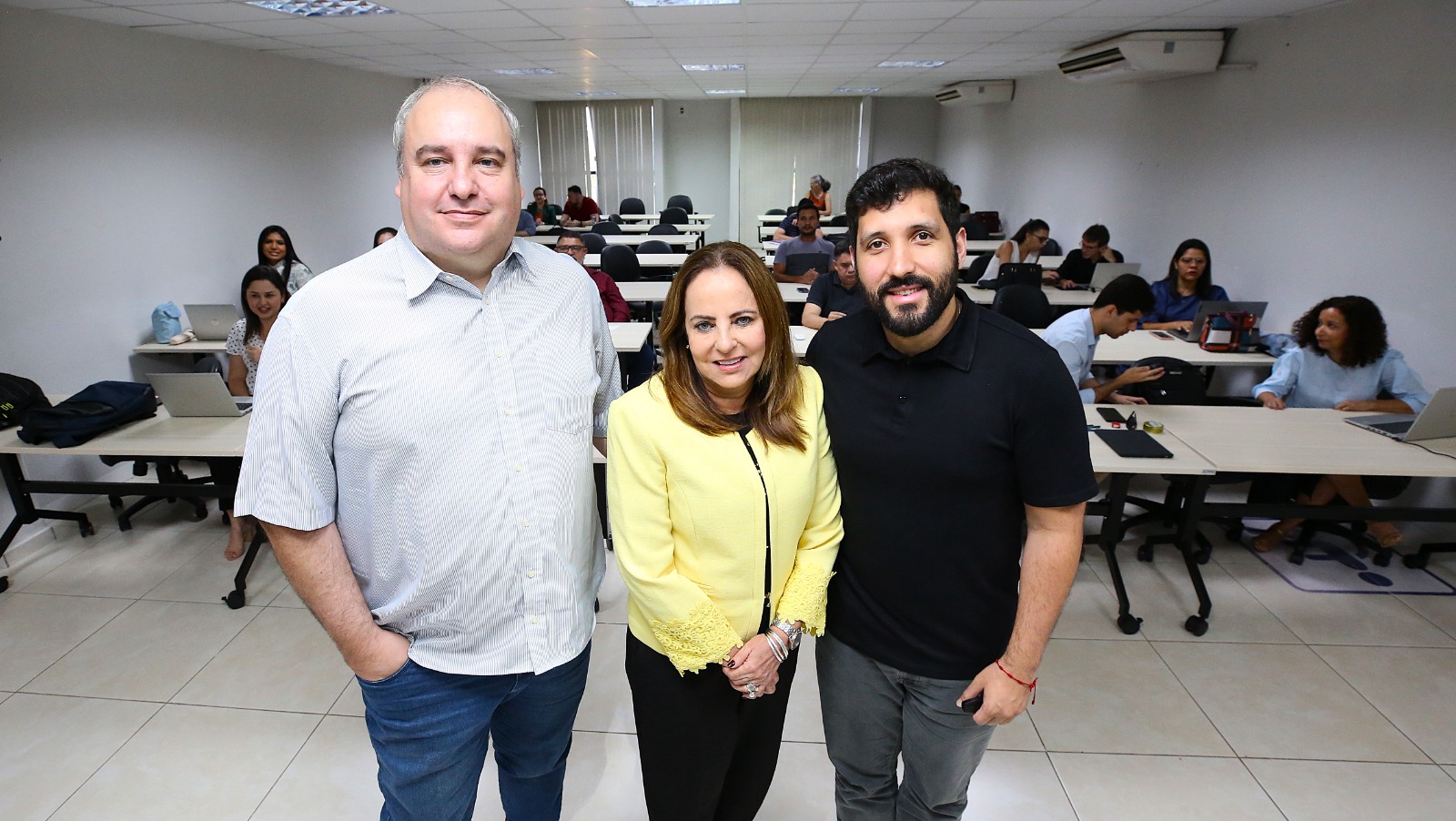
The course on Decarbonization and Greenhouse Gas (GHG) Inventory began on Monday (May 12th) and it continues until Tuesday, May 13th. The aim of the training is to enable judges and civil servers to draw up an inventory of greenhouse gas emissions, with the aim of quantifying and identifying opportunities to reduce emissions of polluting gases in the activities of the Judiciary, following the Resolution 594 of the National Council of Justice (CNJ), which created the Zero Carbon Justice program.
During the course, participants learn how to calculate greenhouse gas emissions and apply reduction and compensation strategies based on the total emissions of the PJTO, taking into account the calculation mechanisms managed by the Coordination of Social and Environmental Management and Social Responsibility (Cogersa). The initiative is part of a set of sustainable actions already developed by the TJTO, such as the project on Plant to Compensate and educational campaigns on the correct disposal of solid waste.
Justice Ângela Prudente, coordinator of the training, highlights the importance of the it and the role of the Judiciary in environmental preservation.
“The Judiciary has a direct responsibility for the future of the planet. Resolution 594 of the CNJ calls for a concrete and planned action, and this course is a fundamental step in that direction. We have already developed actions such as the project on Plant to Compensate and awareness campaigns on solid waste, but we need to go even further. We believe that modern justice must also be sustainable justice, committed to the Sustainable Development Goals and the well-being of future generations,” she said.




